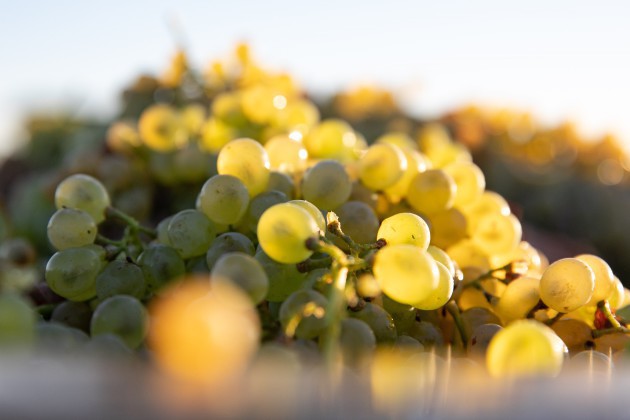
Wines of South Africa reveals 2022 export declines
The South African wine industry remains focused on its road to recovery following a 5% decline in export volumes in 2022.
Despite this, export value only suffered a 2.4% drop in the same period, with Rand Per Litre (RPL) income showing marginal growth, as producers navigated rising costs, shipping challenges and shortages in the supply of packaging goods.
A total volume of 368.8 million litres of wine left South African shores in 2022, some 20 million litres less than in 2021. These exports totalled 9.9 billion South African Rand (ZAR) in value, down from 10.2 billion ZAR in 2021.
- READ MORE: Lebanon: Rebirth and renewal
According to Wines of South Africa, this decline can mainly be attributed to shipping constraints at the port of Cape Town including a period of adverse weather conditions, which prevented ships from docking during April 2022 as well as a two-week long period of strikes by port workers in October 2022.
As reported by Reuters, workers at South Africa's state-owned logistics firm Transnet called a strike following disputes over pay increases amid soaring living costs.
The total price per litre increased by 2.2% mainly supported by the 5.3% increase in bulk RPL. Bulk wine exports accounted for 62% of total export volumes, however, in terms of value contribution, packaged wine is by far the value leader at 77%.
The UK, South Africa’s largest wine export market, continued to show growth of 5% in volume to 96.9 million litres, although was 5% down in terms of export value to 2.4 billion ZAR (£112.5 million GBP).
Meanwhile, the Chinese market, which previously showed exponential growth for South African wine, has slowed down, with export values declining 26% and volume by 38%.
According to Wines of South Africa, this can be attributed to, “The extended extreme lockdown measures imposed by the Chinese government, which has brought much of the economy to a halt and led to an overall decline in wine consumption.”
Losses were also registered in Germany, South Africa’s second-largest export market, with a decline of 17% in value and 9% in volume. As is the case with many countries at the moment, this could be attributed to inflation and the rising cost of living, although, Wines of South Africa have also pointed to an emerging trend among German consumers to seek out local wines.
Wines of South Africa CEO Siobhan Thompson said: “The recovery of exports was hampered in 2022 by various factors out of the control of our producers. During the months of April and October exports were directly impacted by the weather conditions and strike action in the port of Cape Town. Furthermore, the shortage of shipping containers as well as packaging materials, caused additional challenges.
“On a positive note, the image of South African wine continues to grow with our wines being awarded various top accolades in a host of competitions and professional ratings. CapeWine2022, our premier industry showcase, proved to be a major success and attracted top buyers, influencers and importers from around the globe, we hope to see the impact of this on exports going into 2023.”
Rico Basson, MD of wine industry body, Vinpro added: “Our South African producers and exporters should be commended for the responsible manner with which they approached the marketing of wine during the past year. Our exporters remained focused and notwithstanding massive cost pressure, supply chain disruptions and surplus stock did not follow a short-term approach to discount their product, which would have eroded the work that was done over the past few years to reposition South African wines.”




